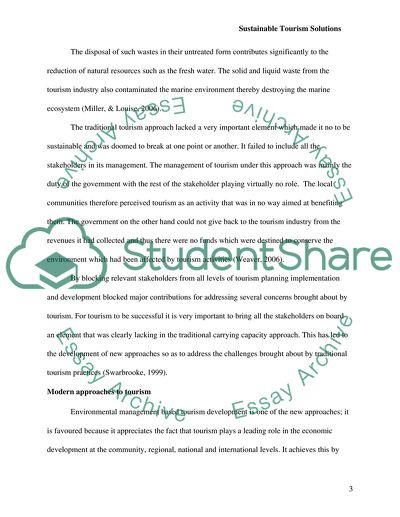Cite this document
(Sustainable Tourism Solutions Assignment Example | Topics and Well Written Essays - 2000 words - 1, n.d.)
Sustainable Tourism Solutions Assignment Example | Topics and Well Written Essays - 2000 words - 1. Retrieved from https://studentshare.org/tourism/1723563-sustainable-tourism-solutions
Sustainable Tourism Solutions Assignment Example | Topics and Well Written Essays - 2000 words - 1. Retrieved from https://studentshare.org/tourism/1723563-sustainable-tourism-solutions
(Sustainable Tourism Solutions Assignment Example | Topics and Well Written Essays - 2000 Words - 1)
Sustainable Tourism Solutions Assignment Example | Topics and Well Written Essays - 2000 Words - 1. https://studentshare.org/tourism/1723563-sustainable-tourism-solutions.
Sustainable Tourism Solutions Assignment Example | Topics and Well Written Essays - 2000 Words - 1. https://studentshare.org/tourism/1723563-sustainable-tourism-solutions.
“Sustainable Tourism Solutions Assignment Example | Topics and Well Written Essays - 2000 Words - 1”, n.d. https://studentshare.org/tourism/1723563-sustainable-tourism-solutions.


